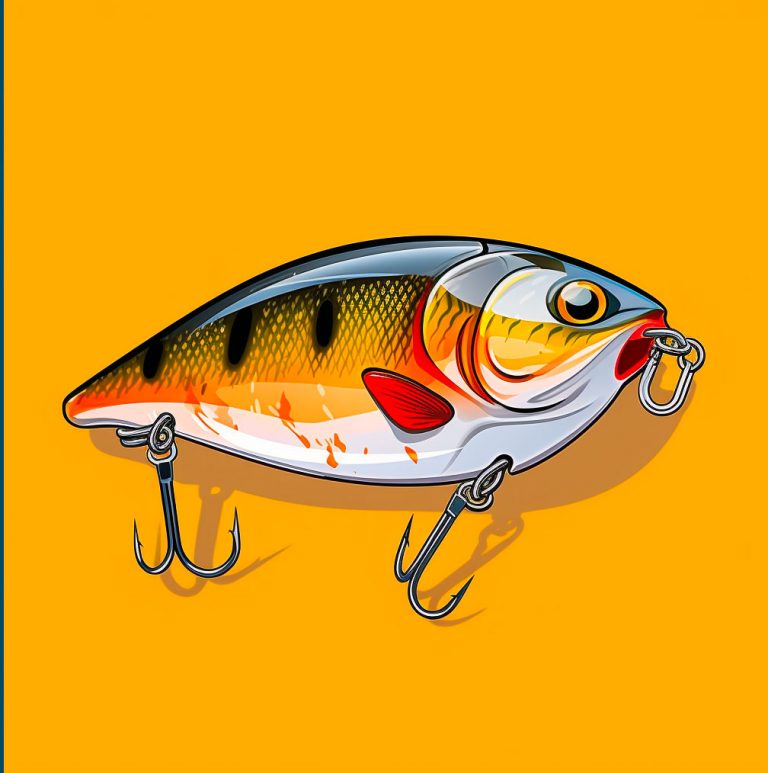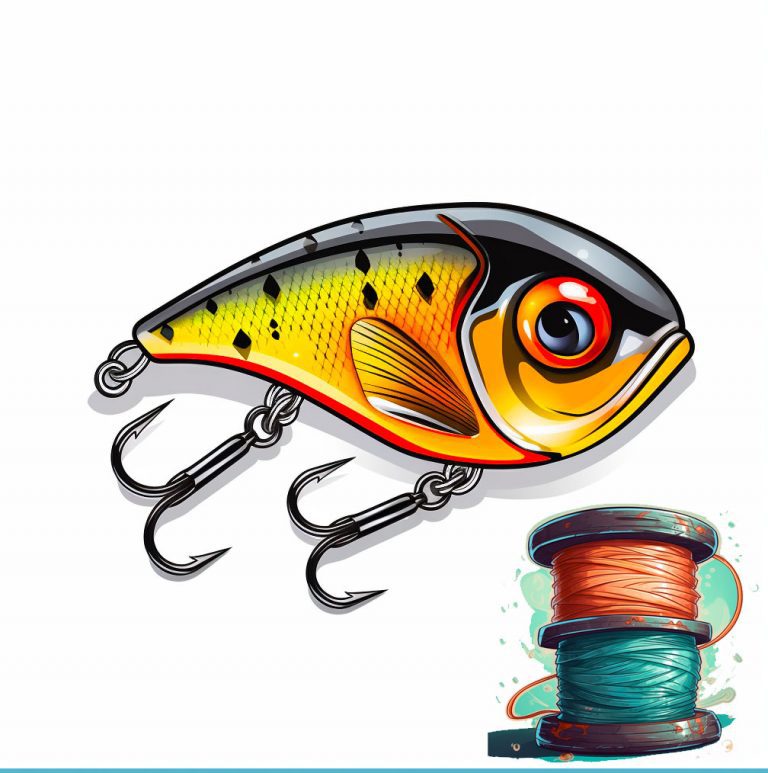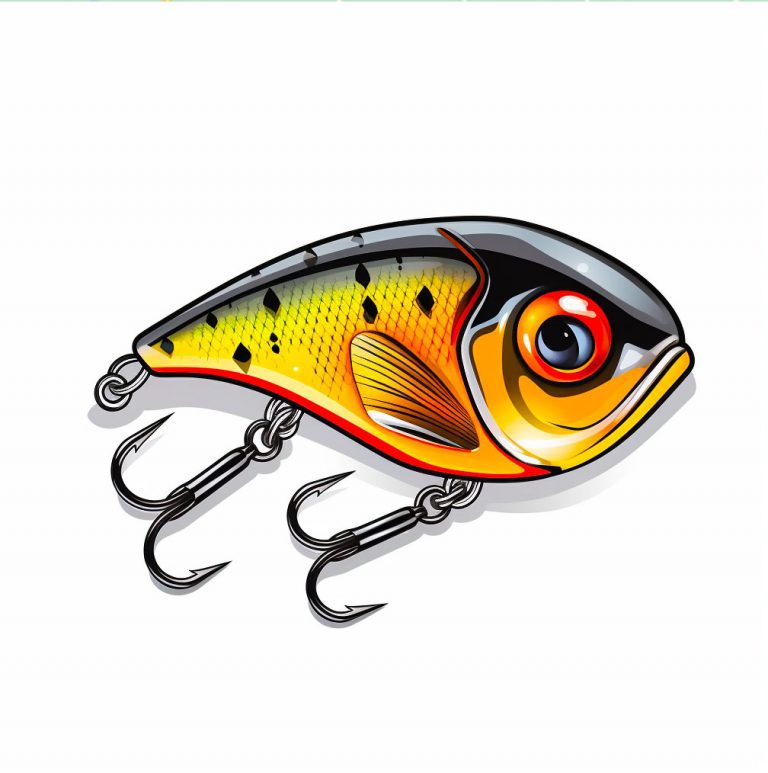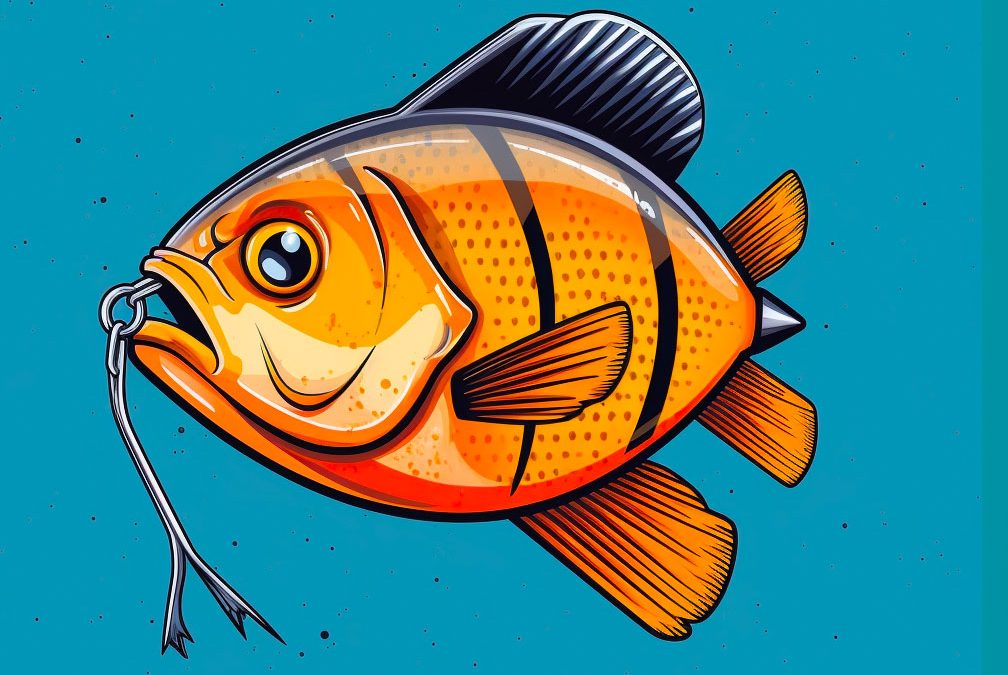As an avid angler, I’ve spent countless hours testing and experimenting with different techniques and equipment to improve my catch rates. One thing that I’ve learned over the years is that choosing the right line for your specific fishing situation can make a big difference in your level of success. In this article, I’m going to dive into the best lines for square bill crankbaits and explain why they make a difference when it comes to catching fish.
Before we get into the specifics of choosing a line for square bill crankbaits, let’s define what these baits are and why they are so effective. A square bill crankbait is a lure that has a square-shaped bill on the front that causes it to dive to a certain depth when retrieved. The shape of the bill also causes the bait to deflect off of cover such as rocks, logs, and stumps, which triggers fish to strike.
The key to effectively using square bill crankbaits is to make sure that they are running at the right depth and that they are constantly colliding with cover. If you don’t have the right line for the job, you can significantly hinder your ability to do this, and your catch rates will suffer.
When it comes to choosing the best line for square bill crankbaits, there are three main types to consider: monofilament, fluorocarbon, and braided line. Each has its own specific advantages and disadvantages, so let’s take a closer look at each one.
Monofilament Line
Monofilament line is a popular choice among anglers for its affordability and versatility. It is a type of nylon fishing line that is very easy to handle and is suitable for a wide range of fishing applications. Monofilament line has some stretch, which can be an advantage when using crankbaits because it can help keep the bait from pulling away from the fish’s mouth during the retrieve.
Monofilament line also has some buoyancy, which can be advantageous when fishing in shallower water or when you need to keep your bait running closer to the surface. This type of line also has some abrasion resistance, which can be helpful when fishing around cover.
However, one of the downsides of monofilament line is that it is not as sensitive as other types of line. This can make it harder to feel when a fish strikes, which can result in missed opportunities. Additionally, it can be more visible underwater than other types of line, which can spook fish and result in fewer bites.
Fluorocarbon Line
Fluorocarbon line is a type of line that is made from a different material than monofilament. It is made from a polymer that is denser than water, which means that it sinks faster and is less visible underwater. Fluorocarbon line is also more sensitive than monofilament, which means that you will be able to feel more bites and detect more subtle movements in your bait.
Another advantage of fluorocarbon line is that it has a high level of abrasion resistance, which is especially useful when fishing around cover. Since fluorocarbon is also nearly invisible underwater, it can be a good choice when trying to target finicky fish that are easily spooked by visible fishing line. It also has less stretch than monofilament, which can be beneficial when you need to set the hook quickly.
One of the downsides of fluorocarbon line is that it is more expensive than monofilament. Additionally, fluorocarbon is denser than water, which means that it can result in the bait running deeper than you intended.
Braided Line
Braided line is another popular option for anglers, especially when it comes to fishing with crankbaits. It is made by weaving or braiding several strands of synthetic fibers together to create a strong, durable fishing line.
One of the biggest advantages of braided line is that it has almost no stretch, which means that you will be able to bring fish to the boat more quickly and with more control. Braided line is also very sensitive, which means that you will be able to feel even the slightest movements in your bait and detect when a fish strikes.
Another advantage of braided line is that it is very strong for its diameter. This means that you can use a smaller diameter line than you would with other types of line, which can help you achieve greater casting distance and get your bait running at the right depth.
One of the downsides of braided line is that it is very visible underwater. This can be a disadvantage when fishing in clear water or when targeting finicky fish. Additionally, braided line can be more expensive than other types of line.
Line Strength and Pound Test
Once you’ve chosen the type of line that you want to use, you’ll need to decide on the pound test that you need. The pound test is the amount of weight that the line can hold before breaking. When choosing the pound test for your line, it’s important to consider the species of fish that you are targeting as well as the size of the bait that you are using.
When fishing with square bill crankbaits, a general rule of thumb is to use a line with a pound test that is equal to or slightly heavier than the size of the bait. For example, if you are fishing with a 1/4 ounce square bill crankbait, you would want to choose a line with a pound test of around 10-12 pounds. If you are targeting larger fish, you may need to use a higher pound test line.
It’s also important to remember that the pound test of your line can affect the running depth of your bait. The heavier your line, the deeper your bait will run. This is because the heavier line will sink faster than lighter line, which will cause your bait to run deeper.
Line Color
The color of your fishing line can also have an impact on your catch rates when using square bill crankbaits. The color that you choose will depend on the water conditions that you are fishing in.
When fishing in clear water, it’s important to use a line that is as invisible as possible. This means using a clear line or a line with a color that closely matches the color of the water. If you are fishing in murky water, you will want to use a line that is more visible, such as a green or blue line.
It’s important to note that the color of your line can also affect the presentation of your bait. A brightly colored line may spook fish and result in fewer bites, while a more invisible line may result in more bites.
Mono vs Fluoro Leaders
When fishing with square bill crankbaits, you may also want to consider using a leader. A leader is a short length of line that is attached to the end of your main line and is used to attach your bait. One popular option is to use a fluorocarbon leader.
A fluorocarbon leader can be advantageous when using square bill crankbaits because it is nearly invisible underwater. This can result in more bites, especially in clear water. Additionally, fluorocarbon leaders have a high level of abrasion resistance, which can be helpful when fishing around heavy cover.
However, it’s important to keep in mind that using a leader can also add another knot to your setup, which can decrease your casting distance. Additionally, using a leader can be more expensive than using just the main line.
Conclusion
Choosing the right line for your square bill crankbaits is crucial if you want to maximize your catch rates. Each type of line has its own advantages and disadvantages, so it’s important to take into consideration the species of fish that you are targeting, the water conditions that you are fishing in, and the size of the bait that you are using.
When it comes to choosing between monofilament, fluorocarbon, and braided line, there isn’t necessarily a “best” option. It will ultimately come down to personal preference and what works best for you and your specific fishing situation.
No matter what type of line you choose, remember to match the pound test of your line to the size of your bait, use a line color that matches the water conditions that you are fishing in, and consider using a leader if you want to increase your chances of hooking that trophy fish. With the right line setup, you’ll be well on your way to catching more fish with your square bill crankbaits.

The Best Crankbait For Summer Bass
Introduction Crankbaits are one of the most popular lures in bass fishing, as they are versatile and can be used in a variety of fishing environments. However, choosing the right crankbait is crucial for successful fishing in the summer months when bass behavior changes and water temperature increases. In this article, we’ll cover the factors […]

Best Line Size For Crankbaits
As an avid angler, I know just how important it is to match your gear to the conditions you’ll be fishing in. One critical component of any angler’s setup is their choice of fishing line. This is especially true when it comes to using crankbaits, which can require a specific line size to be most […]

Crankbait Bass Fishing: A Comprehensive Guide
As a seasoned bass fisherman, I have tried countless techniques and lures over the years. However, crankbait fishing has always been one of my favorite methods for catching bass. With the right technique and equipment, crankbaits can be incredibly effective in luring in those elusive and trophy-worthy fish. In this comprehensive guide, I will share […]

